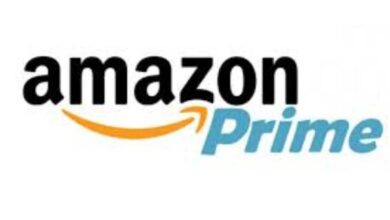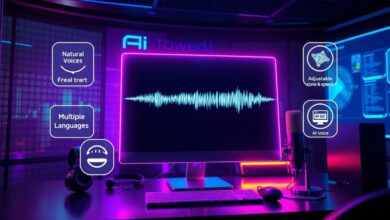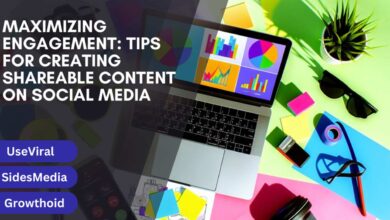
It may be familiar to you that Atlassian has purchased ChartIO. The analytics tool that many businesses have grown to rely on is sunsetted after the transaction.
By acquiring ChartIO, Atlassian discontinued the product as a stand-alone offering while incorporating the technology into its product range. A whole year was given to customers to switch platforms.
Unexpectedly, switching to a new platform is a process that many ChartIO clients must now complete. In what way should you approach it? How can you be sure that everything is present and correct? What steps can you take to stop wasting time on pieces of stuff you don’t need? How can you promote advancement while avoiding stalling on various platforms? There can be several queries.
Here is a step-by-step guide for effectively migrating from ChartIO if you’re a customer of that software.
How to make ChartIO migration seamless?
1. Compile a list
Make an inventory of what you want to retain and what is not followed by scope planning. Your priority should be finding out how your existing BI tool has been utilized. For instance, understanding which reports are disregarding may be the distinction between an effective transition and an endless slog that further feeds the problem.
2. Bring in the players
You don’t want to move to a new BI tool alone. Consider involving some of your stakeholders. After that, decide who needs to be engaged and to what degree.
By staying in touch with them, you can alleviate their concerns that their reporting will soon cease to exist and win their support for your switchover effort. As quality checks for your migration project, include standards and user feedback.
3. Upgrade your data stack, if possible
If significant improvements are already being made, now could be a good moment to address any infrastructure problems you’ve been putting off. Several of your queries will likely need to be rebuilt as an aspect of the migration. Therefore, while you’re doing it, including plug-and-play synchronization and storage solutions might help your stack become future-proof.
When working on a BI migration project, be very careful regarding how much you take.
4. Set a timeline and get started
Create a timeline plan and a strategy after you have a rough idea of what you are up against. Plans should be brief and pleasant.
To know when to push back firmly if your timetable is sliding, ensure that you specify certain absolute deadlines for specific project phases.
Top 5 alternatives to ChartIO
1. Know
Even though Knowi isn’t a household name in business intelligence, it has always been focused on advancing its products and marketing to technical audiences.
Know offers multiple services to assist you in beginning your migration to Knowi. The first option is to work with one of their Solutions Engineers to transfer some of your dashboards and offer customized training via videos. You must grant the Knowi team access to the ChartIO account and the underlying data sources to do this.
The second option is to hire a third-party consultant who will move as many dashboards as you need. If pricing isn’t your concern, you can go for this solution.
Working with their partner Hotswap is another way. It is a third-party solution specializing in migration. They have created a browser plugin that seamlessly moves around 80% of the ChartIO dashboards to Knowi.
2. Tableau
There is no doubt that the Tableau BI tool is one of the most popular tools for analyzing business data. Its sleek and appealing data visualizations and the quick drag-and-drop feature make all the tasks more manageable. Tableau also supports seamless CloudWatch Data source Integration. Amazon’s CloudWatch is a monitoring solution for cloud resources that gathers and presents metrics and other valuable data.
Initially, Tableau was a desktop application you could download and use directly from your computer. However, most of their users continue to utilize the desktop version even though they have built the cloud version.
3. Power BI
Power BI from Microsoft is a business intelligence application that stands out primarily because of its integration with Excel, Access, Azure, and other Microsoft products. Power BI’s complex and technical aspects of product setup and management might be challenging for organizations with limited resources. Power BI’s integration with other Microsoft tools is effortless.
You will only have to put in a little effort to comprehend Power BI if you are an expert in Excel. Power BI’s customers frequently complement its modeling powers and capacity to handle the influx of data.
4. Looker
Looks is a great browser-based solution for big businesses with significant expenditures. All you need to gain deep insights is a data warehouse. Having the knowledge of coding can be an added advantage as it features a robust data modeling layer using LookML, which might be challenging for less tech savvies.
There are several solutions available to tech-savvy individuals. For instance, you can use Looker to expand and improve SQL-based analysis by integrating your Git repository.
Looker can be your ideal ally if you have the required resources and knowledge.
5. Google Data Studio
Google Data Studio is a free web-based business intelligence tool. Data Studio employs data visualization and reporting to assist organizations in making better data-driven decisions.
Although Data Studio integrates with other Google products like Sheets, Google Analytics, and Ad Words more efficiently, users gripe that it needs several key features compared to other BI choices.
Wrapping up
ChartIO migration is not a simple task to carry out. However, the likelihood is that you may pull off a relatively smooth transition if you put some thought into it and act quickly when your unexpected project first begins. If you approach it correctly, your company will emerge more robust and assured in its ability to use data to propel itself toward success.





